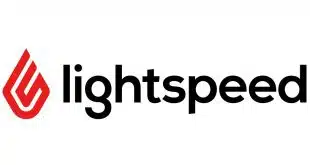Discover Network on Tuesday became the latest of the Big 4 card networks to launch the Secure Remote Commerce technology the systems settled on last year to simplify and secure online transactions with a single buy button that works with all participating networks. The move comes as hordes of U.S. consumers have turned to e-commerce, many of them for the first time, in the face of the Covid-19 pandemic.
Discover said the streamlined checkout is available at first to U.S. credit card holders, with work ongoing to support debit card transactions and also to bring the technology to markets outside the United States. Diners Club cards are not included “at the moment,” a Discover spokesman says. The company, which does not release cardholder statistics, adds it is working with merchants and acquirers to assist in integrating the technology.
Discover’s introduction of SRC comes not only at a time when e-commerce volumes have soared with consumers spending more time at home, but also following years in which consumers and merchants alike have complained about lengthy and friction-filled checkouts for card transactions.

“With merchants seeing more and more purchases being made online and through mobile apps, and with the Covid-19 pandemic accelerating that trend, it’s critical we continue to provide a variety of solutions that make their payment experience quick, convenient, and more secure for their customers,” said Andrew Hopkins, Discover’s senior vice president of global products, in a statement.
Discover, like its rival Visa Inc., is calling its SRC service Click to Pay. It works by letting consumers check out without having to enter personal or account data with merchants that have integrated SRC. Riverwoods, Ill.-based Discover says that to begin with cardholders will need to complete a “simple setup process” to use Click to Pay. But the company adds it will drop that step eventually and let cardholders start using the service immediately. In that instance, users will only need to enter an email address at checkout, again with the object of eliminating steps such as password entry.
Visa said in May that it had found that, without SRC in place, a consumer must negotiate an average of 23 fields to complete a purchase online. At the same time, the service’s authentication and tokenization routines work to secure transactions, the networks say. Sources reached by Digital Transactions News say it’s hard to tell how SRC is performing so far. “It’s way too early to evaluate it,” says Thad Peterson, a senior analyst at Aite Group, a Boston-based consultancy. “There’s not enough merchant penetration to see how it’s working.”
SRC is built on a standard that comes from EMVCo, a standards body controlled by the big global card networks. The idea behind the buy button is to simplify purchases online by mimicking the experience in-store of a single payment terminal that can accept cards from a variety of brands. The buy button not only streamlines\transactions, it also lets the big networks compete more nimbly with online players like PayPal Holdings Inc. and Amazon.com Inc., experts say.
Tuesday’s move by Discover follows the unveiling of the SRC technology a year ago by American Express Co., Discover, Mastercard Inc., and Visa.




